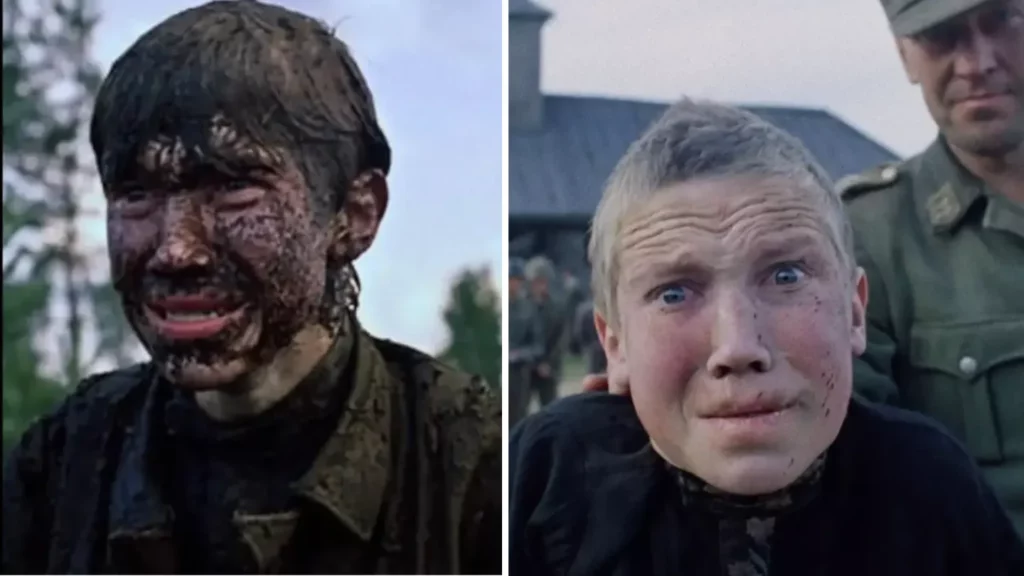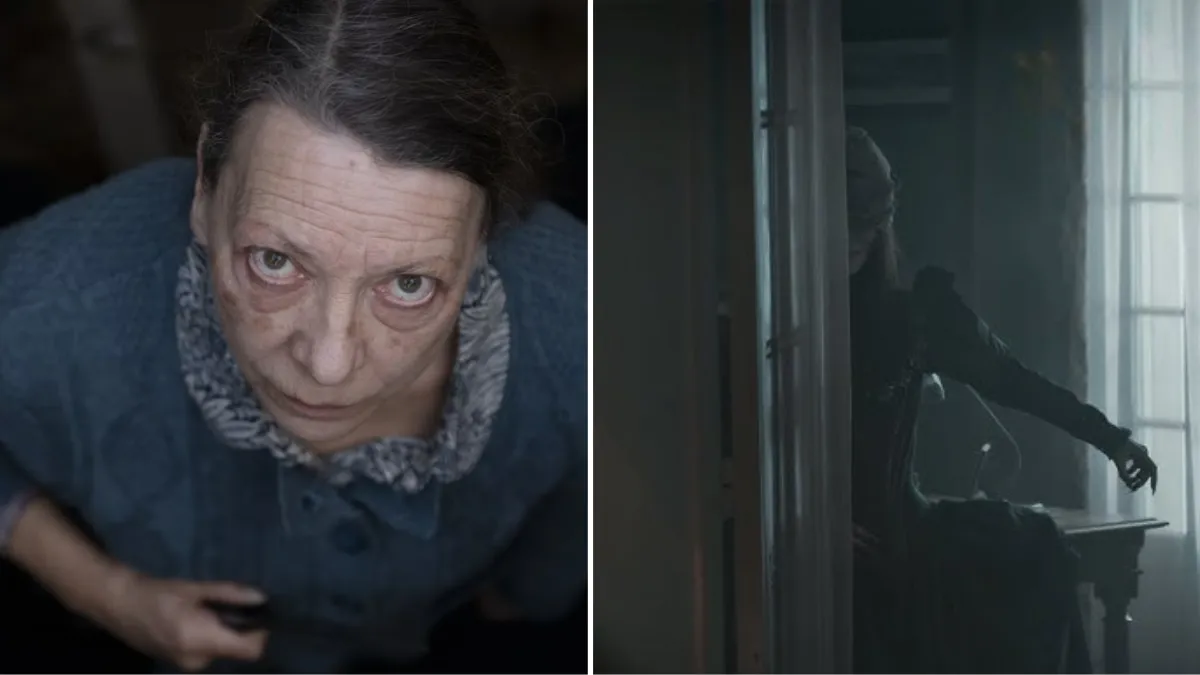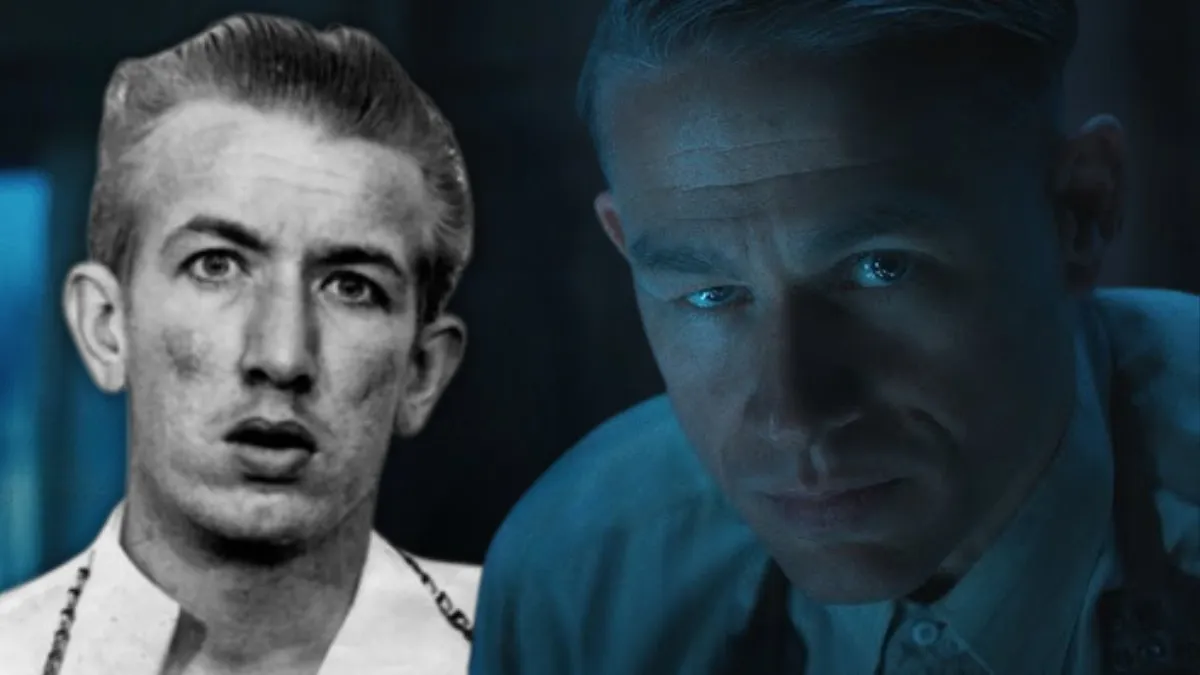In the world of cinema, some films are created not to entertain but to confront, to unsettle, and to embed unforgettable memories in viewers’ minds.
Few movies accomplish this as powerfully as the 1985 WWII film “Come and See,” which has seen a stunning resurgence, captivating new generations with its brutal portrayal of wartime atrocities.
Described by viewers as “one of the most disturbing films I’ve ever seen,” this Soviet anti-war film is a haunting experience, with audiences asserting it’s a movie one must watch “at least once in your life.”
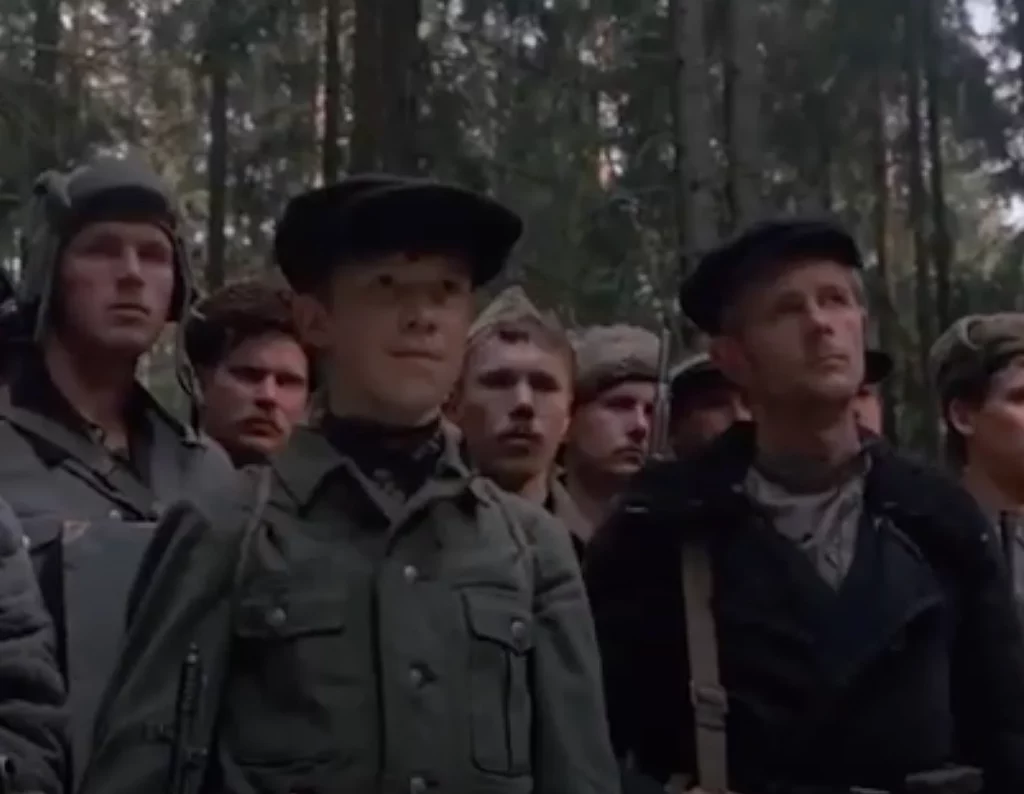
The film, directed by Elem Klimov, is set during the Nazi occupation of Belarus and follows the story of a young teenage boy, Flyora, who witnesses horrors beyond comprehension.
Through Klimov’s unrelenting, raw storytelling, viewers are immersed in scenes that show war through the eyes of innocence gradually shattered.
As one viewer aptly stated, “This isn’t a fun and enjoyable film but it’s a necessary one.”
Adapted from Ales Adamovich’s 1971 novel “Khatyn” and the 1977 collection of survivor testimonies, “I Am from the Fiery Village,” “Come and See” relies heavily on authentic accounts, including testimonies from hundreds of survivors.
Klimov, deeply influenced by his own childhood memories of WWII, painstakingly crafted the film to reflect these experiences with an unfiltered, searing intensity.
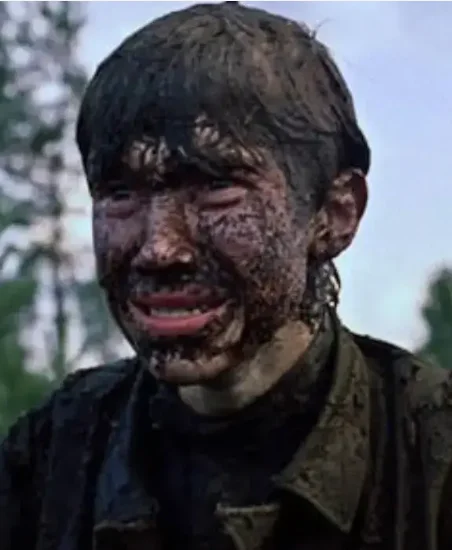
The young actor, Aleksei Kravchenko, cast as Flyora, was even shown real footage of Nazi concentration camps to convey the depth and tone of the traumatic scenes he would perform.
In one particularly devastating sequence, Flyora is forced by Nazis to watch as an entire village is burned alive in a church—a scene that Collider has called “the most sickening 25-minute sequence from hell.”
Kravchenko himself described the grueling demands of his role, noting that he was treated “as a grown-up” and expected “to work to the sweat of my brow.”
To further enhance the film’s gritty realism, the actors endured intense physical preparation, with Kravchenko undergoing strict diet regimes, grueling exercises, and even dodging live rounds of ammunition during gunfire scenes.
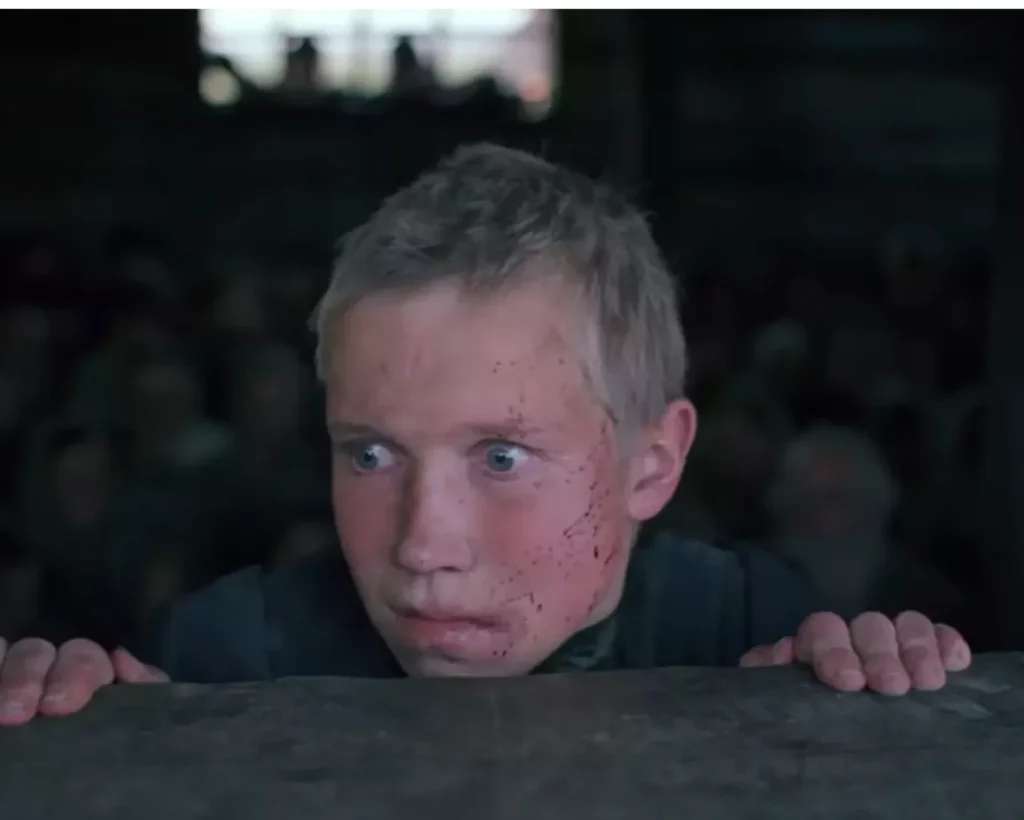
For countless viewers, the impact of “Come and See” is profound, with the film garnering universal praise.
Reviews commend it as “one of the greatest anti-war films,” with some calling it “the greatest war film ever made.”
Critics echo similar sentiments; Robert Daniels from “The Playlist” applauded the unique perspective, writing, “By telling the story from a child’s perspective, Klimov gives the horrors of war a new kind of immediacy.”
Meanwhile, “Film Frenzy’s” Matt Brunson highlighted the film’s depiction of conflict, stating it is “one of the most devastating depictions of conflict ever placed on screen.”
After nearly four decades since its release, “Come and See” has reached a remarkable milestone on Letterboxd, the social media platform for film lovers.
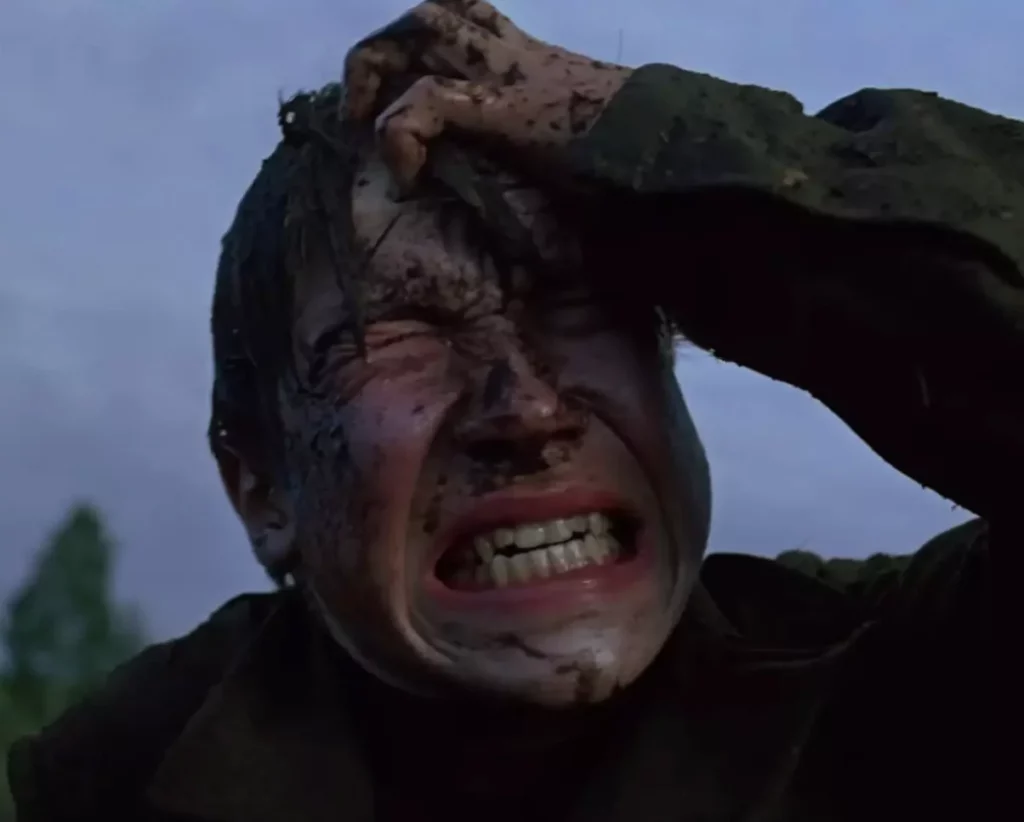
In 2022, “Come and See” was declared “the number one highest narrative feature film of all time,” rising to unprecedented acclaim.
This chilling masterpiece remains a sobering reminder of the unspeakable horrors of war, offering an experience that viewers describe as deeply disturbing but essential.
As Klimov himself explained, the film is “a passionate warning against war”—one that continues to leave audiences profoundly moved, long after the credits roll.
Featured Image Credit: (Sovexportfilm)

